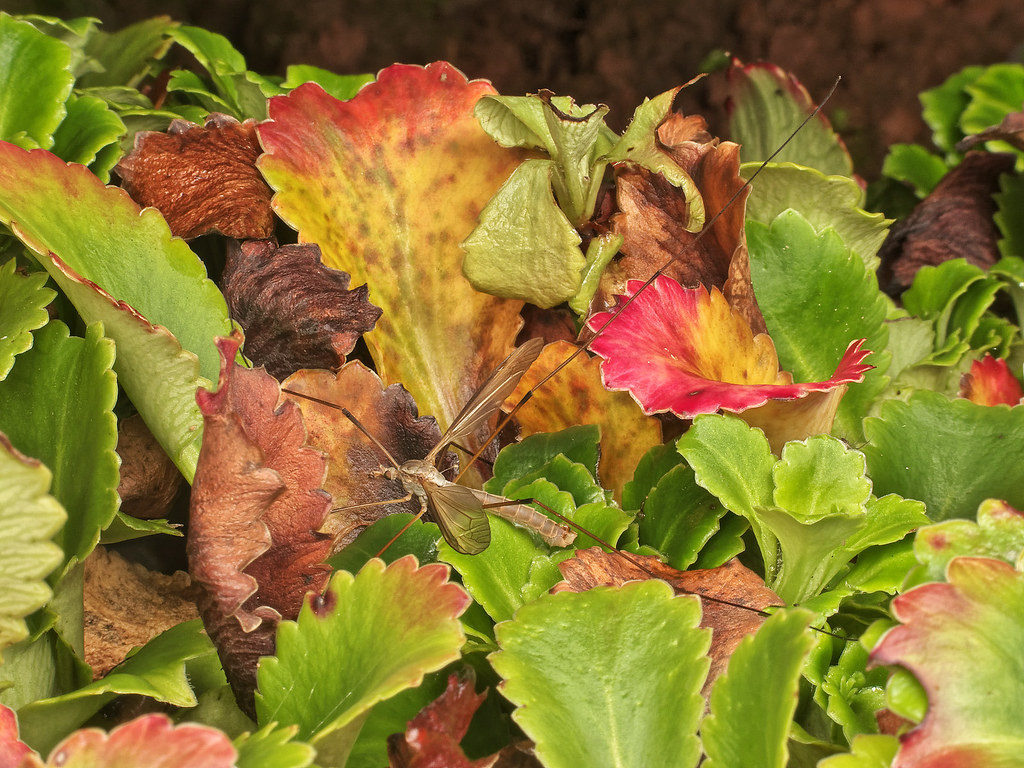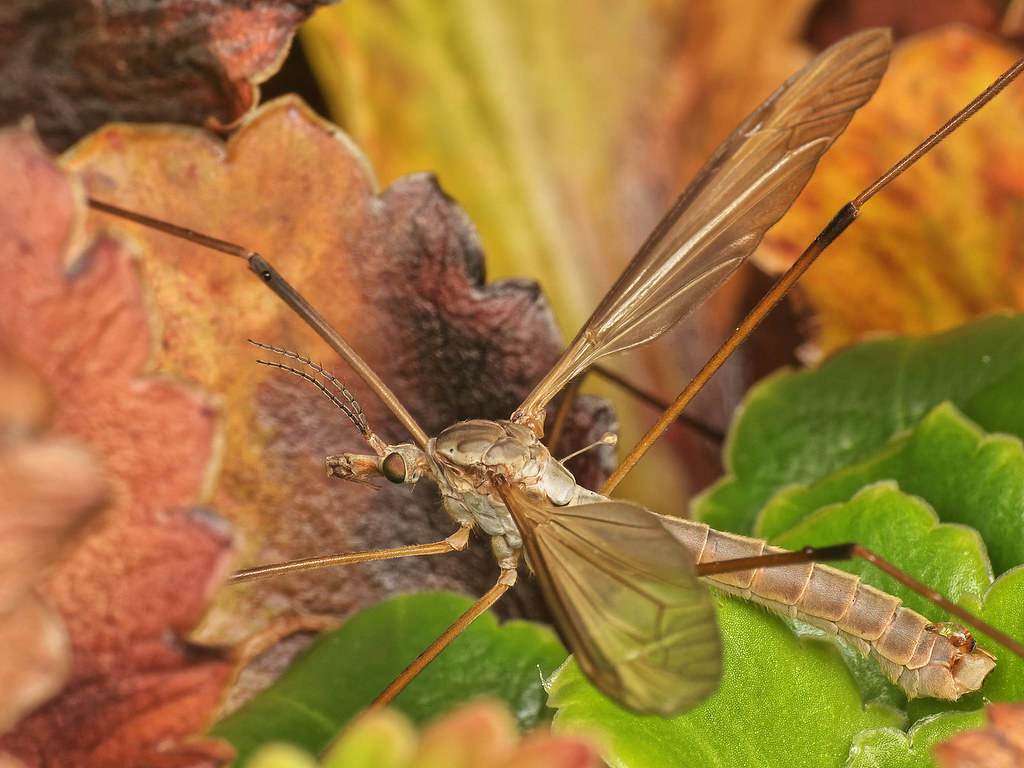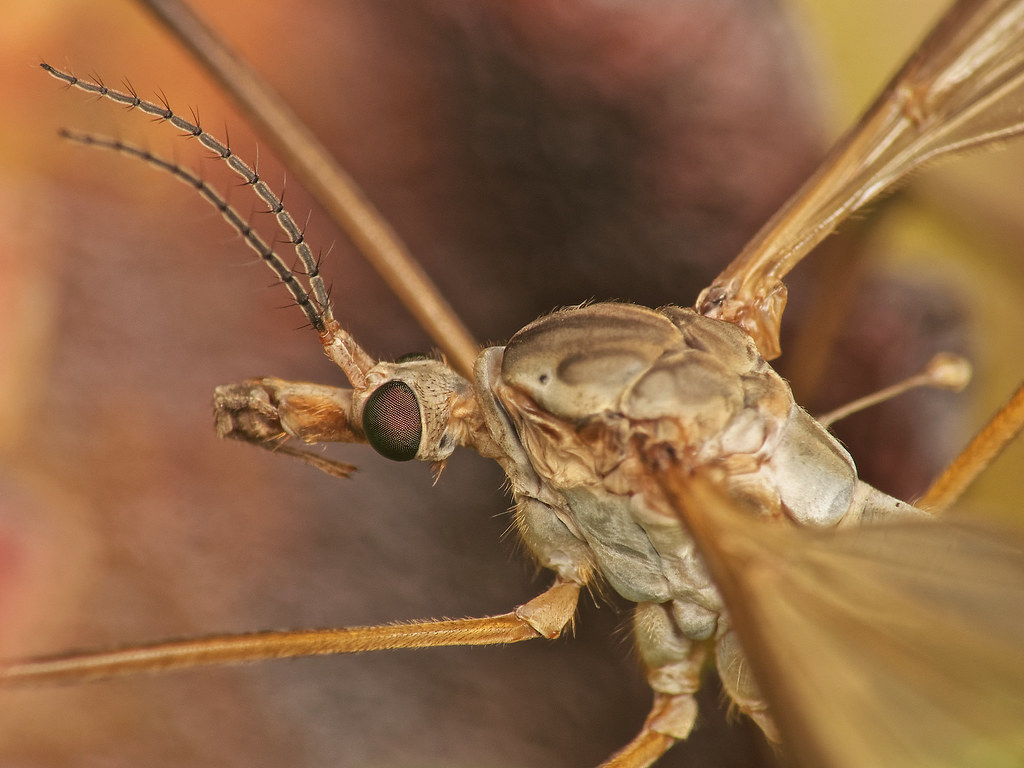Thanks for the explanation, Nick...the only reason I asked re Zoom / Cropping was, if it was Zoom then I will definitely be thinking about buying a FZ330, would the zoom lens be sturdy enough to support my Ring Flash?, or would I need a flash something similar to yours?
It depends on how heavy the ring flash is. I would be doubtful about hanging anything heavier than a close-up lens on an extending lens. Personally I wouldn't do it. It might be ok, but I wouldn't want to take the risk.
Could I probe a little as to why you would be interested in an FZ330 and close-up lens? The 7D is, I understand, a terrific camera, and the 100mm macro is optically excellent. I believe they work well with achromats like the Raynox 150 and 250 (and you can stack the 150 and 250 to get more magnification, and use them in combination with extension tubes or teleconverters).
If you want zoom for close-up/macro you could put the Raynox on a 55-250 EF-S STM (as long as it is the STM version - I couldn't get autofocus to work with my Raynoxes on one of the earlier, non-STM variants). Although relatively inexpensive (about £150) the 55-250 EF-S STM is well regarded for sharpness (for a zoom lens). The minimum aperture is f/22 at 55mm going to f/32 at 250mm, which is nice for DOF for close-ups, if you like lots of DOF and use very small apertures like I do - most people don't though. The 55-250 works fine with the Raynox 150 and 250, with no vignetting so you get to use the whole range. The 55-250 STM is the lens that I keep on my 70D the whole time, mainly for flowers, for which my 70D is my go to camera. I use the 55-250 bare or with a mild Canon 500D close-up lens for flowers.
All that said, I'm not sure what you would gain from that compared to using your 100 mm macro, with and without close-up lenses.
It's true that I use a small sensor camera and close-up lenses by choice for close-up/macro of little animals. I have the 70D and a Sigma 105 macro, and I have tried the 100L macro and MPE-65, but I prefer the small sensor setup. (I have written loads about this in my
journey thread). But why are you thinking about the FZ330 Andy? I wouldn't want you to think that there is something special about the FZ330 that can produce image quality that other setups can't. There isn't. If you like I will happily go into this in some more detail. There are obviously reasons why I prefer using my small sensor cameras for little animals, and prefer my 70D for flowers, but your needs, preferences, working methods, attitude towards post processing etc may be different from mine. Remember that most people here use kit more like yours than mine.













